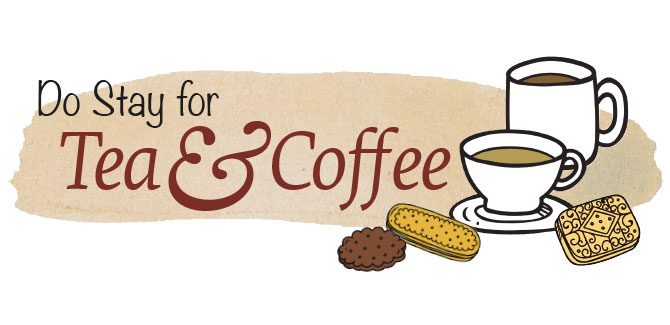Do stay for tea and coffee: Christmas’ hidden histories revealed - Reform Magazine
For many, Christmas is their annual church-a-tunity – apart from weddings, funerals or ‘because they wandered in thinking it was a Wetherspoons’. But what flavour of festive service are you offering? Whichever non-silent night you opt for, there are hidden histories behind many of them. As a self-professed Christmasologist (or Santologist), I’ve collated a few:
The Nativity play
Only for the past millennium have we had one Nativity play. Till the 12th century, we had two: one based on Luke’s account and one on Matthew’s. In Luke’s, the ‘Play of the Shepherds’, Mary and Joseph were played by wooden mannequins (later, school Nativity acting was similarly wooden). Matthew’s version was performed at Epiphany, with a ‘Play of the Star’ featuring wise men, King Herod and a celestial prop that travelled thanks to rope-pulling priests and an impressive pulley system. The two plays merged, shortly before St Francis of Assisi staged the first live nativity scene with animals, monks playing shepherds and children waving at their parents’ iPhones (alright, that came later.)
Christingle
Celebrating 50 years this year, The Children’s Society established the modern Christingle service in 1968. The original dates back to Germany 1747, when the Revd John de Watteville taught youngsters about the Light of the World (using a lit candle) and Jesus’ blood shed for humanity (using a red ribbon). The more recent revamp has the world represented by an orange, wrapped in the red ribbon of Christ’s love. The four seasons are portrayed by cocktail sticks, with the fruits of the earth as raisins, nuts and those few essential Jelly Tots. I take this as evidence that Jelly Tots definitely count as one of your five a day.
Nine Lessons and Carols
Edward Benson was Master at Rugby School, arriving soon after it popularised the sport of tiddlywinks. Sorry, rugby. Benson became Bishop of Truro, then Archbishop of Canterbury. He told his writer friend, Henry James, a simple ghost story. That story became the festive favourite, The Turn of the Screw. Benson also gave us Nine Lessons and Carols, which debuted at Truro Cathedral on Christmas Eve 1880, to lure the drunks from the pubs. Forget solemn singing from innocent choirboys at King’s College, Cambridge. That first ‘First Nowell’ (‘Once in Royal David’s City’ didn’t make the cut yet) must have sounded rather raucous after a night in a Cornish pub.
Midnight Mass
This Christmas Eve classic is pretty much the only time non-Catholics will call a service ‘Mass’, apart from Massy Church (but that could be a massprint). Then again, Christmas is a ‘mass’ of its own – Cristes Maesse in Old English. It was one of the earliest church services we know about, celebrated just decades after Jesus’ ministry. But they were secret occasions, before there were even churches to worship in. The tradition of Midnight Masses may have begun in the east, so would have been on 5 January, the eastern Christmas Eve. It took till the 12th century to go viral, like the colds that now go viral during those just-after-midnight, sneezy handshakes.
The boy bishop
Even the Catholic Church knew that this one needed reforming, so you won’t find it anywhere nowadays. For centuries though, a lad was elected to ‘replace’ the real bishop, for the three weeks between St Nicholas’ Day and Childermas (that’s from 6 to 28 December to me and you.) The boy bishop, dressed in full mitre and robes, led services and even delivered sermons, while the regular clergy took on junior tasks. It was the church’s spin on topsy-turvy festivities, started by Roman Saturnalia. All this festive revelry – inside and outside the church – was banned by Henry VIII. If it was too bawdy for him, that’s saying something.
Whatever the flavour your festivities this year, have yourself a merry one – and here’s hoping a congregation isn’t just for Christmas.
Paul Kerensa is a comic writer, performer and broadcaster. His festive history book, Hark! The biography of Christmas, is published by Lion Hudson
___
This article was published in the December 2018 / January 2019 edition of Reform














Submit a Comment